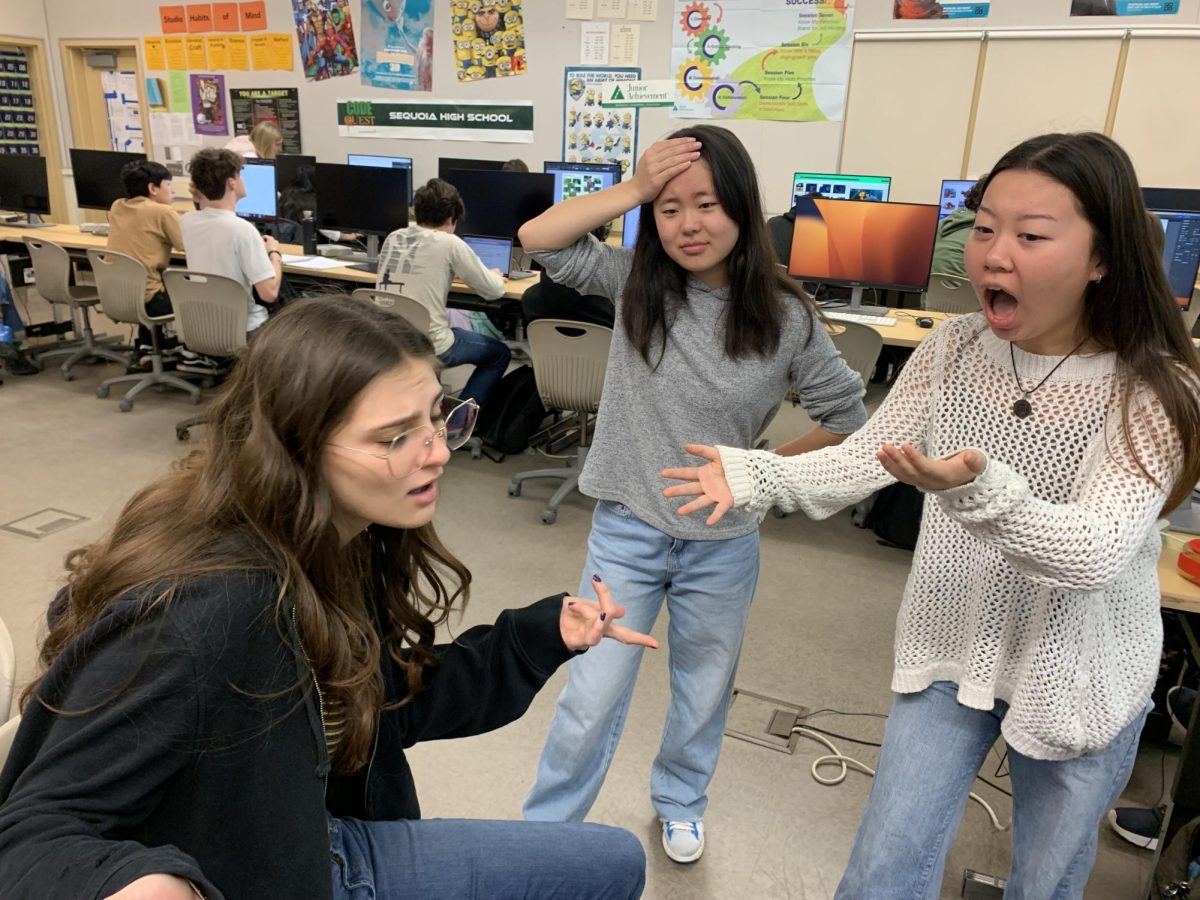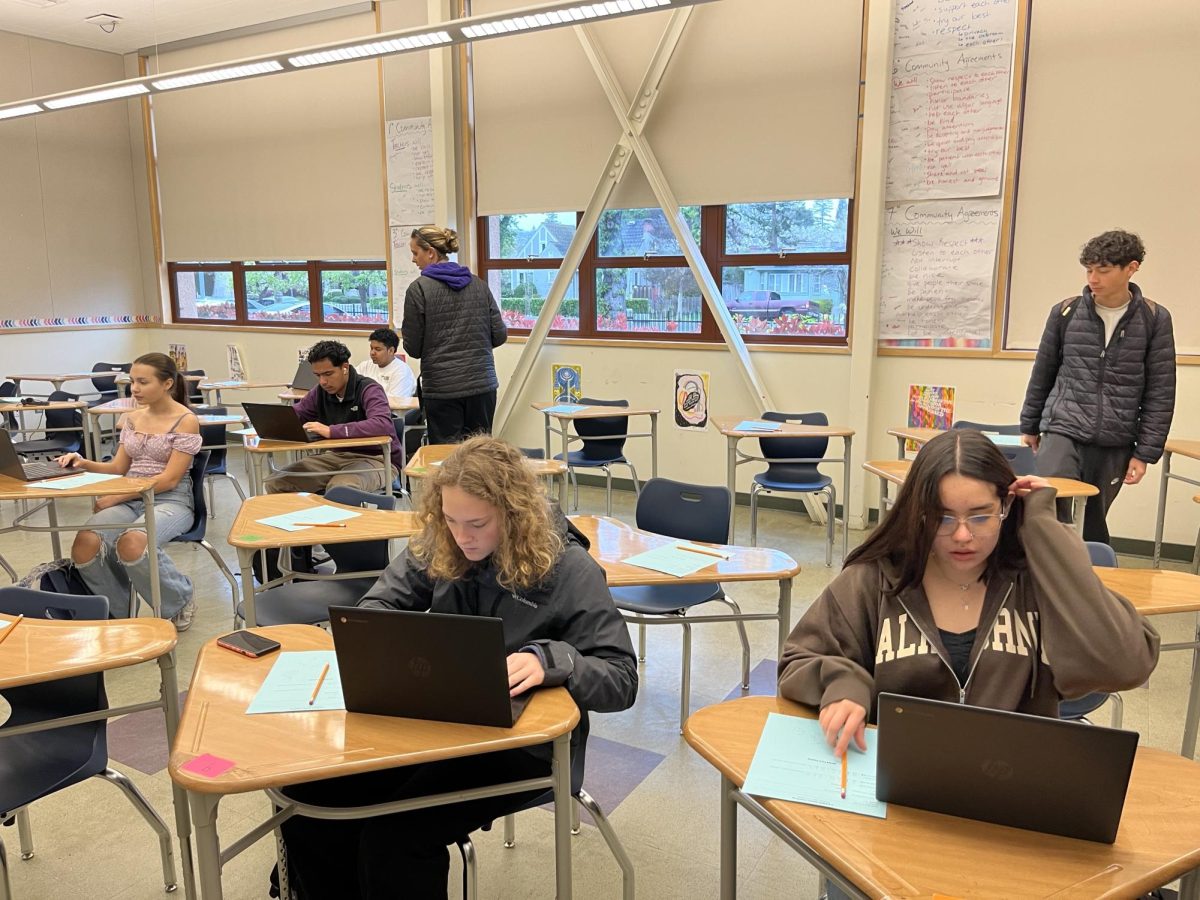Silence is the speech of suppression
January 24, 2018
Sequoia is a sea of diversity: our campus hosts one of the greatest distributions of races, socioeconomic backgrounds and geographic origins in the district. Yet, within days of commencing our own journey through this diverse landscape, an obvious barrier materializes from the sea of indistinguishable color.
Though the diversity of our school community has led many of us to accept and even appreciate our differences, we are far from perfect. Though largely unintended, the intolerable reach of racial division extends even to Sequoia’s classrooms, in which we learn, Sequoia’s sports teams, with which we play and Sequoia’s lunch tables, at which we sit. Implicit segregation has no boundaries; each day of school is a reminder of how far we have come, but also a reminder of how far we have yet to go before segregation is truly eradicated.
Unfortunately, despite its obvious presence, this divide often goes unnoticed here. For the most part, we abstain from addressing the issue that presents itself in front of us on a daily basis. Though we are fortunate to live in the Bay Area, renowned for its diversity and tolerance, we cannot allow this famous notion to blind us from the harsh reality—our road to full integration has not yet ended.
The issue is not our inherent lack of vision of the existence of unintended racism, but that we merely turn our heads to it. Such an apathetic mindset is, to some extent, understandable. Discussions on issues of race are uncomfortable and often lead only to disagreement and further unease. We fear these conversations and therefore have migrated towards disinterest in facing our faults.
However, apprehension does not excuse inaction. There is a failure to communicate our many understandings of the issues that plague our community today, and we have been conned into thinking that there is a shared understanding. Effectively, what we have thought to be mutual was individual. Simply hoping, believing, that everyone understands the presence of segregation in our society today is not an effective enough move to alter the status quo.
We cannot, must not, be so easily halted in our quest to achieve that which we all hope for: a school community that is not only diverse, but integrated, and not only integrated, but unified. We cannot allow ourselves to give up, and we cannot let issues such as racism continue to evade the centerpiece of our conversations, both at school and in our homes. These topics deserve our attention.
The day in which we allow our own fear of difficult conversations to prevent us from having them, is the day in which we allow those issues to win. It is the day in which we fail to meet our own moral duties to work for a better now and a better future. The day we cease to discuss discrimination is the day we allow it to prevail, to continue to plague or school and our community.
We need not allow ourselves to skate over sticky situations and difficult conversations; we must approach these head on with vigor and the knowledge that our discomfort is temporary.
With this in mind, we suggest that you view implicit segregation from a new perspective. We ask that you not take upon yourself to bring and end to the issue, but merely that you start and continue those conversations. By communicating our understandings of the causes and our experiences of the effects, we may finally stop this reprehensible process.





